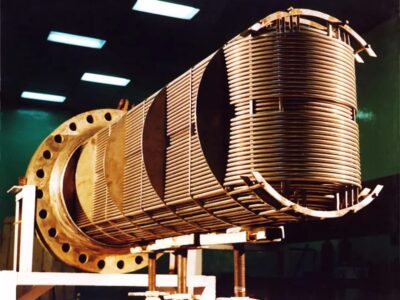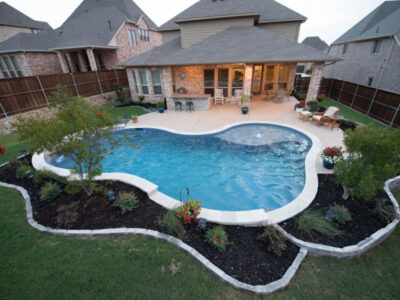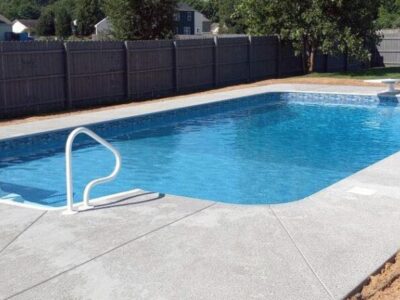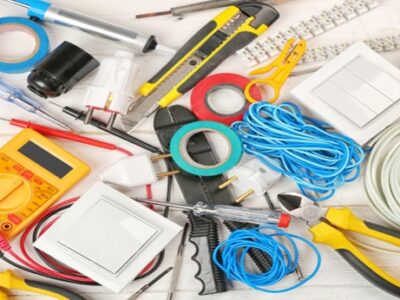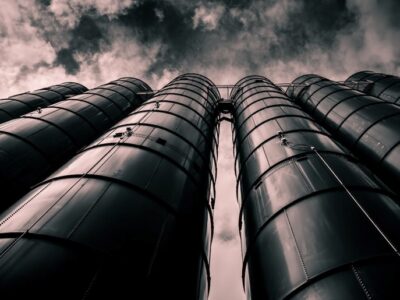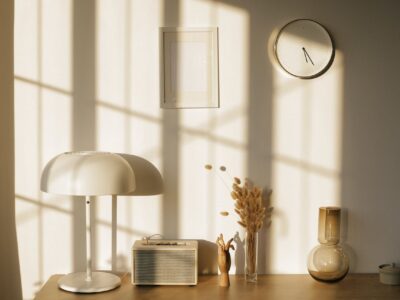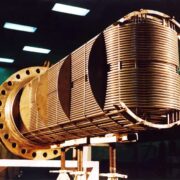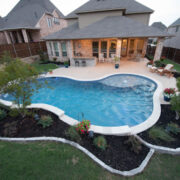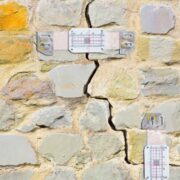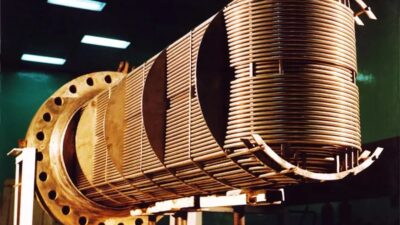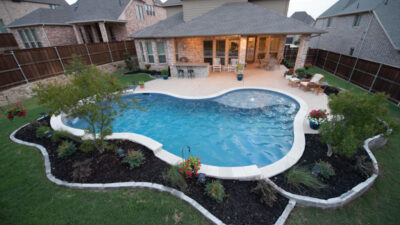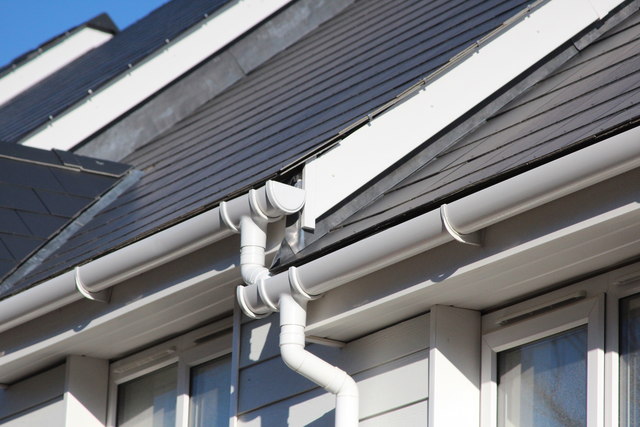
Eavestroughs are a crucial part of any home. They protect the house from water damage. When there is a change in weather, it is time to carry out a maintenance check on the gutters. They are an essential part of the house, which are often overlooked. When the channels are in bad shape, they can cause significant damage to the home. If your gutter needs a replacement or a repair, reach out to D’Angelo And Sons. Their professional, knowledgeable technicians will carry out a thorough inspection and ensure that your eavestroughs are in good condition. If you are planning to install an eavestrough, you might be confused about which material to use. To help you make that decision, we have listed the pros and cons of the most popular materials.
Aluminum:
Aluminum is highly resistant to rust. Hence, the gutters are hardy, and the metal won’t thin over time. They are also easier to install due to their lightweight. If there are customizations, aluminum is easier to work with, and making seamless gutters becomes a more accomplishable task. The life of an aluminum gutter is at least 20 years if it has been cared for properly.
One of the biggest cons of aluminum is that it dents easily even when hit by a ladder, tree, ice, hail, or animals. Though it can withstand most temperatures, it begins to split, crack and damage when faced with high temperatures. It is also prone to leaking around the joints.
Steel:
When it comes to steel, two choices are popular – Galvanized steel and stainless steel. Galvanized steel is more popular as it is cheaper. Galvanized steel is highly durable and has a long life. It is a better option when it comes to resisting dents and holds up better against heavy winds. It generally holds up well against rapidly changing temperatures, and thermal warping isn’t an issue.
Galvanized steel rust faster than aluminum, but stainless steel gutters don’t rust at all. They require a bit more maintenance to ensure that they remain rust-free and need to be checked for zinc layers. As galvanized steel is heavier, they are a little challenging to install and can’t be done independently.
Vinyl:
Vinyl gutters are the most affordable and easy to install. If you are on a tight budget or considering DIY installation, then these are the best option. As they are lightweight, they are easier to handle and install. The vinyl gutters don’t need joints or riveting as the sections snap together. The gutters are low maintenance and don’t corrode or rust over time. They don’t even dent when they encounter a poorly placed ladder or wind-blown debris. Scratches and dings are also less noticeable as the color is embedded in the material and not painted.
Such gutters are not an excellent option for those areas which receive heavy rainfall, snow, or strong winds. Though they are resistant to corrosion, they don’t last very long and are prone to cracking and sagging. They are more likely to leak as the seams aren’t soldered.

